Descrizione
- [INCREASED STABILITY] Garantisce maggiore stabilità e controllo durante l'utilizzo del Ronin
- [RONIN CONTROL] Supporta il controllo completo di RS2 e RS3 Pro
- [LIGHTWEIGHT] L'imbragatura di supporto ridistribuisce il peso per un utilizzo più confortevole e prolungato.
- [INCREASED BATTERY] Molteplici opzioni di alimentazione garantiscono una maggiore durata della batteria del Ronin
- [COMPATIBILITY] Supporta qualsiasi gimbal con filettatura da 1/4"-20 e può essere alimentato tramite un Lemo a 2 pin.
*La spedizione gratuita non è applicabile a questo articolo*. Il sistema Tilta Float funziona in combinazione con i DJI RS 2 e RS3 Pro per fornire un sistema di stabilizzazione della videocamera piccolo e compatto che ti permette di realizzare movimenti fluidi e cinematografici con le videocamere più piccole.
Il palo basato su un contrappeso fornisce un’ulteriore stabilizzazione al tuo setup, oltre a quella che già fa il gimbal, per consentire il movimento della videocamera più fluido e libero che si possa immaginare.
Il design del braccio a molla e dell’imbragatura di supporto fa gravare il peso del rig sul busto, consentendo tempi di funzionamento più lunghi prima che l’utente si affatichi.
Il controller wireless per pollice in dotazione ti permette di controllare in modalità wireless il Ronin e un motore di messa a fuoco Nucleus M o Nucleus Nano.
Questa unità è progettata per essere montata sulla forcella del tuo Tilta Float tramite la staffa del monitor del sistema.
Il controller si alimenta con batterie Go Pro 5-8 e dispone di una porta USB-C che può essere utilizzata per futuri aggiornamenti del firmware. Si consiglia di non alimentare l’unità tramite questa porta.
Il supporto per la parte bassa della schiena e la tracolla singola in dotazione distribuiscono ulteriormente il peso, garantendo un utilizzo confortevole per qualsiasi durata. Le opzioni di alimentazione multiple offrono una maggiore flessibilità nell’alimentazione del Ronin. Il sistema può alimentare il gimbal tramite Gold Mount, V-Mount, TB50 o lo stesso Battery Handle tramite accessori opzionali.
*Il Float è compatibile con qualsiasi gimbal al di sotto del limite di peso che possa essere montato tramite filettatura da 1/4″-20 e può essere alimentato tramite 2 pin Lemo o una batteria interna; tuttavia, può controllare in modalità wireless solo RS2 e RS3 Pro.
**Il Float non dispone di uscite di alimentazione diverse dal Lemo a 2 pin progettato per alimentare l’RS2**.
***Il cavo postale interno può gestire 14,8V e 3A con una capacità massima di 6A***.
RS3/RS3 Pro: Il tasto M NON è in grado di imitare la funzione del gimbal. Il tasto M di questa unità può cambiare SOLO l’impostazione della modalità. Non è consigliabile utilizzare gimbal più grandi di quelli che possono essere classificati come “palmari” come il Movi Pro. Anche se il peso totale è inferiore a 10 kg, il sistema avrà problemi a supportare gimbal fisicamente più grandi dei gimbal della serie DJI Ronin RS.
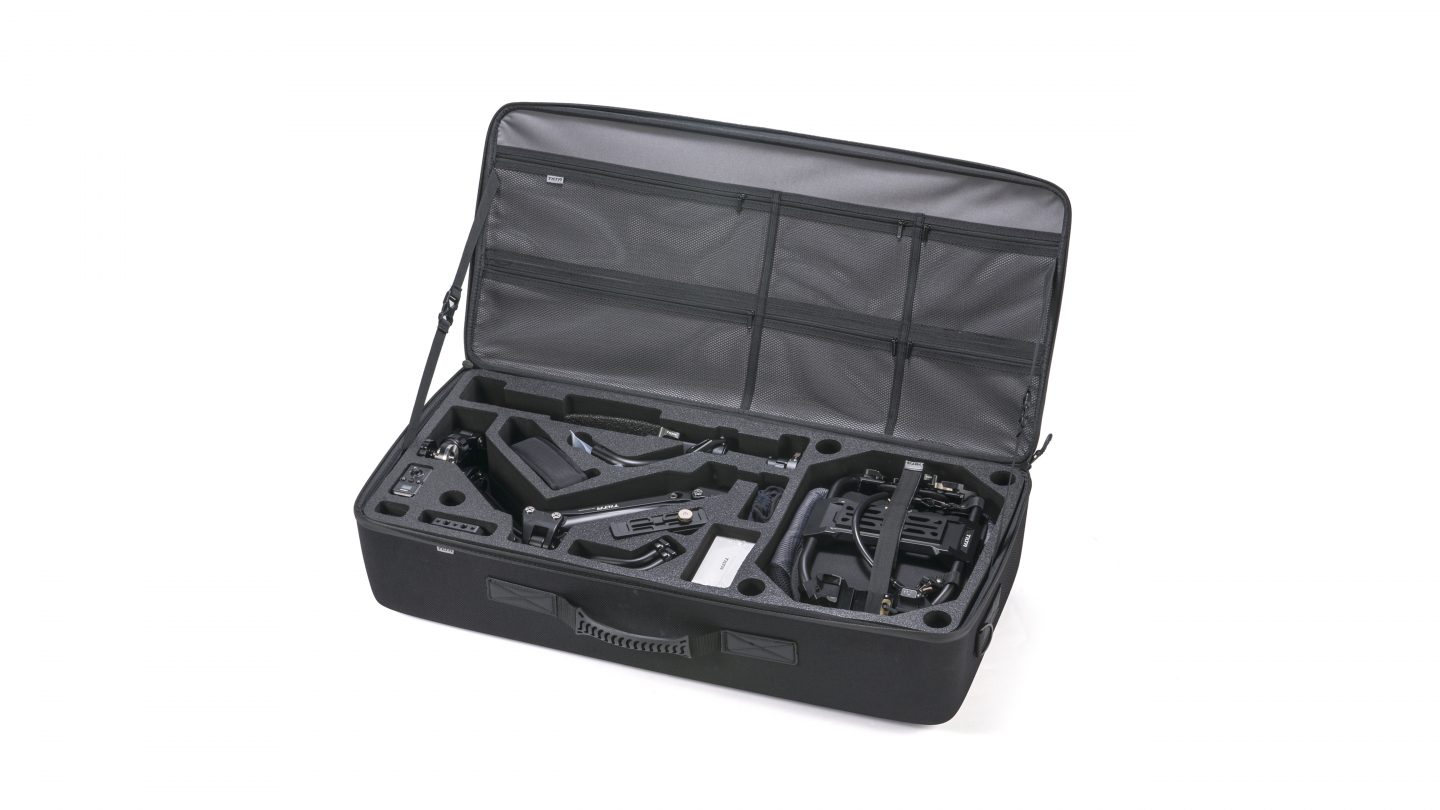






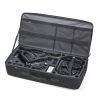
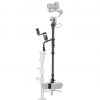

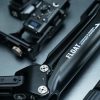



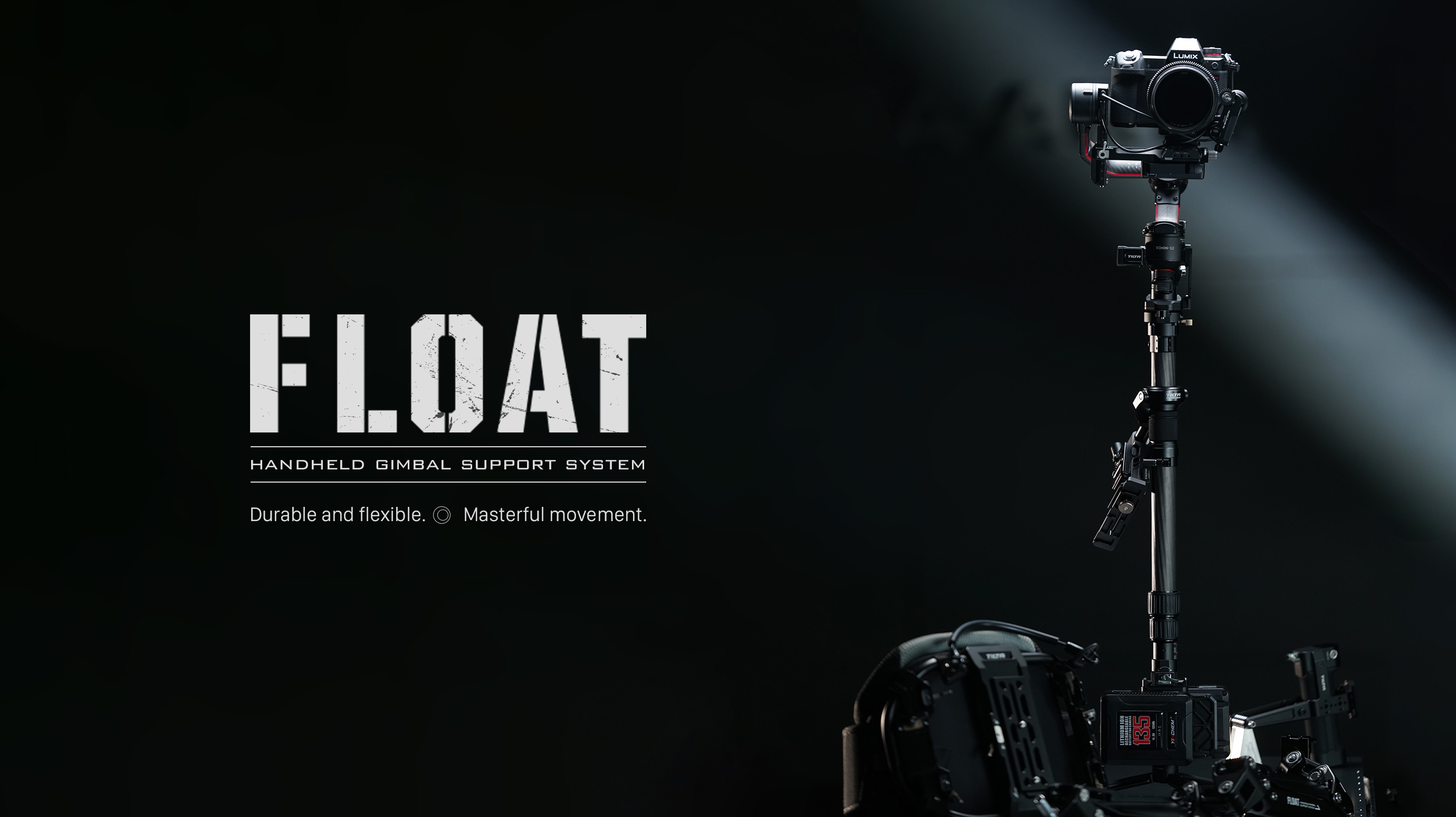
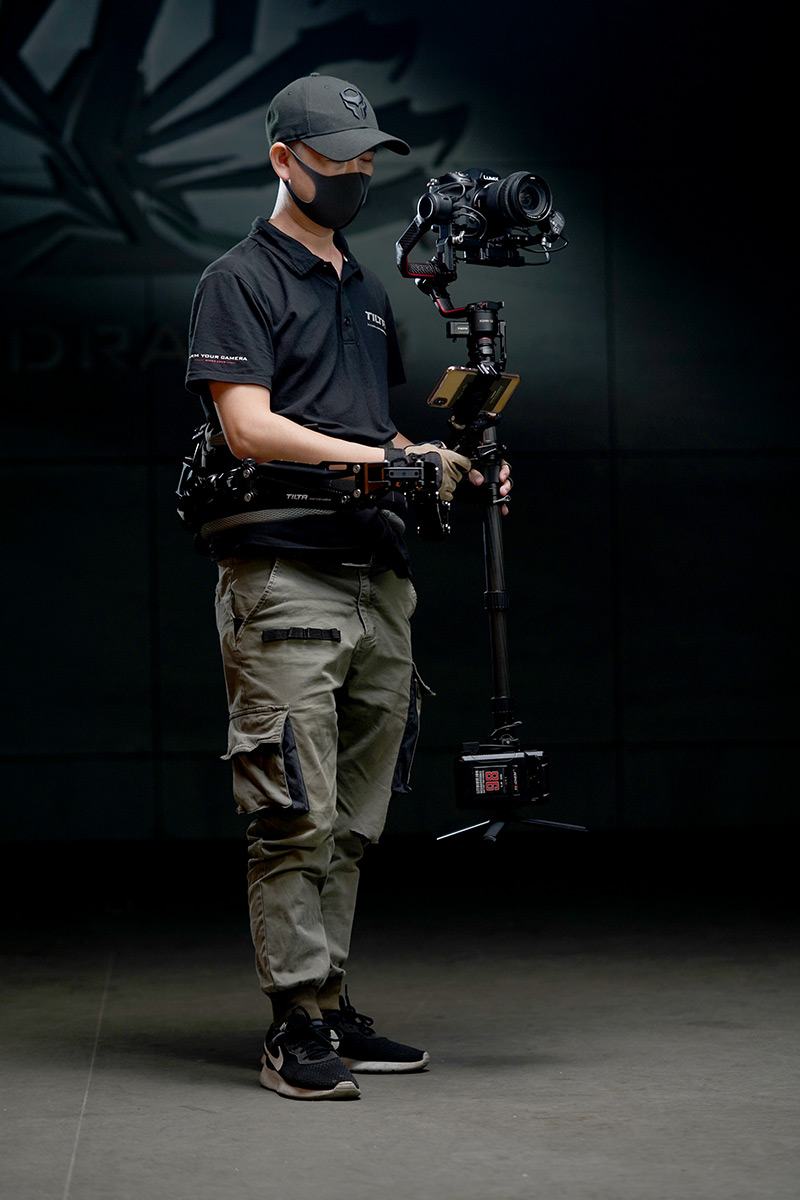
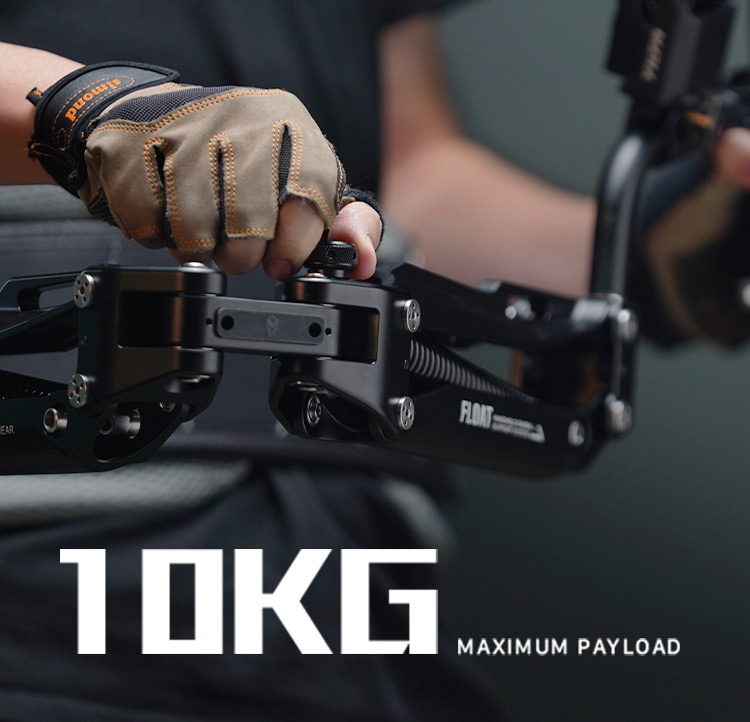
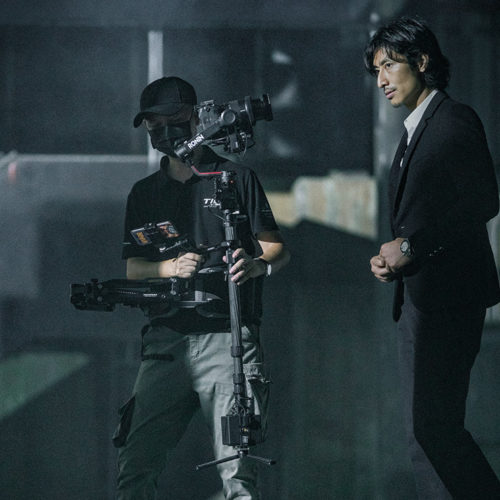

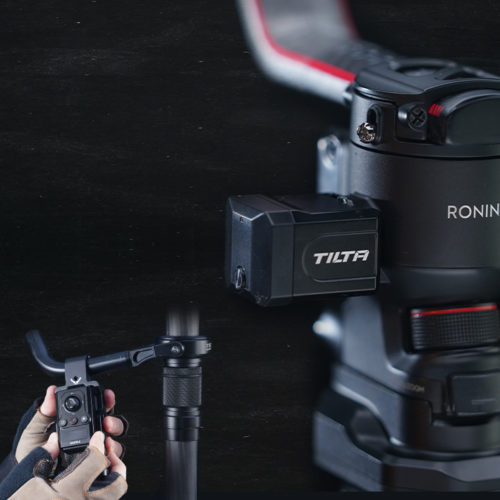
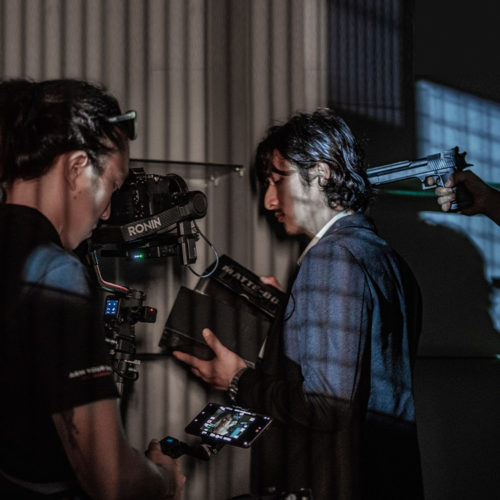
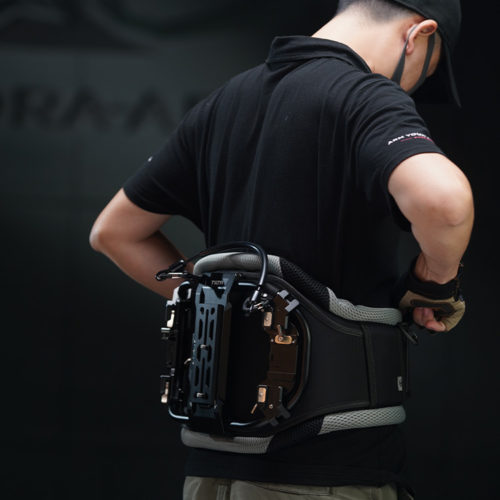
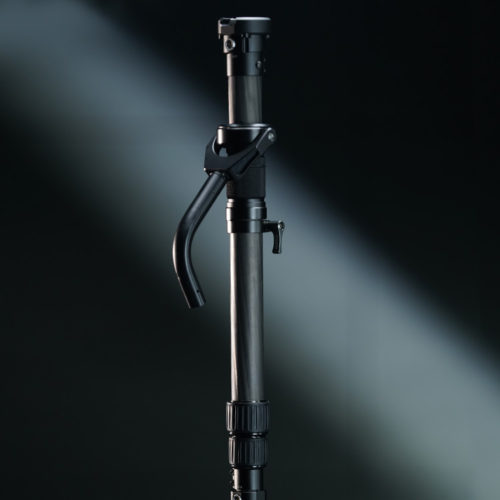
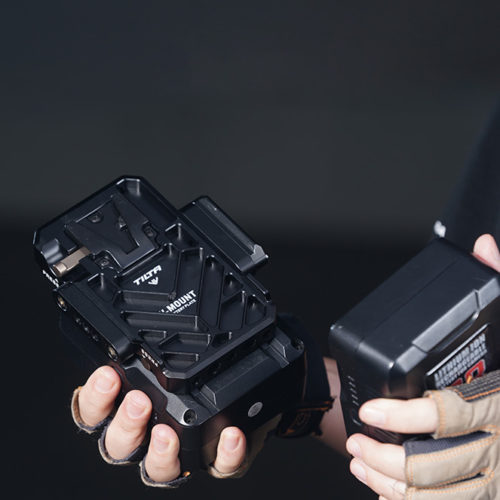
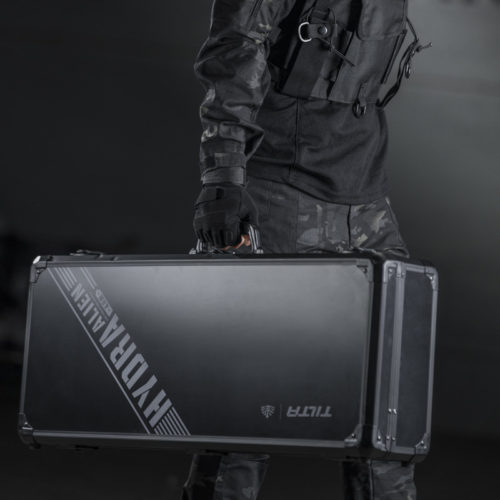
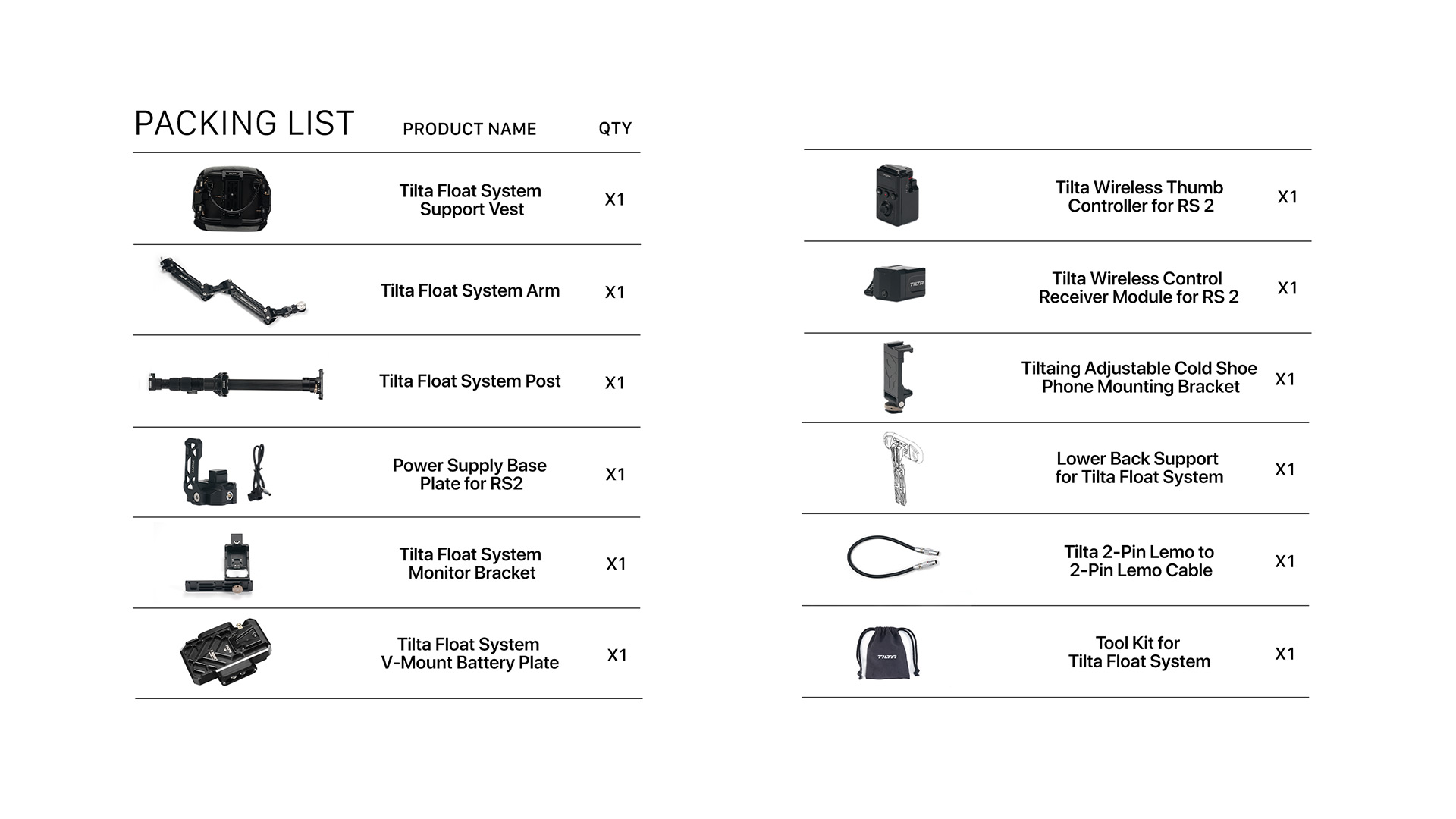
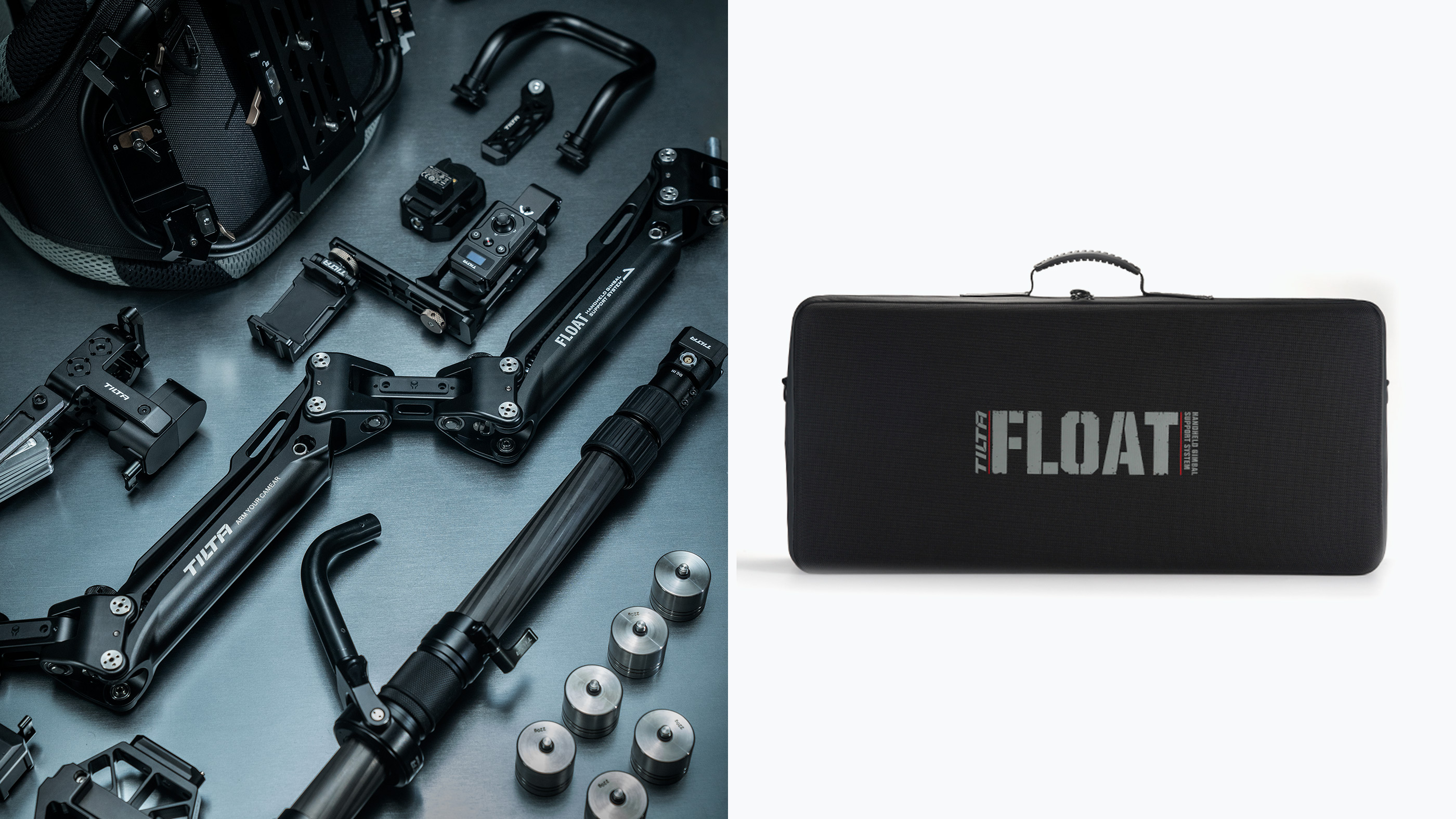
Fantastic feel and almost intuitive to use. Very ergonomic.
I would have loved to use my Dji gimbal with this, but parts were missing and it was impossible to put together. When I had to return it, I had to pay close to $70 to ship it back since I bought it directly from the company’s website and not Amazon. Some little screws and springs were just randomly in the box and I didn’t know where those springs came out of. I got a full refund, minus about 30$ so I lost around $100 on this adventure. it was worth it though. I think the idea is amazing and much cheaper than Ariri Trinity system. It made me look into other systems that won’t require batteries. Another downside to this was that the battery was not included. So not only were a lot of parts missing, but the batteries were not included and it felt that I would have to gather bits and pieces of parts from all over the place to be able to put this thing together. It would be nice is this Tilta Float came with everything included to put the system together.
I would appreciate it if the shipping to Hawaii weren’t an arm and a leg. There are considerations for foreign shipments. Perhaps a different carrier for Hawaii and Alaska. Also, the support with assembly and balancing is either third party or in Chinese. One would think that there are enough sales to English speaking countries to properly support this product, affording the English speaking buyers the respect that any customer deserves. Its not like producing an English version is difficult for Tilta.
Fantastic. Takes some time to learn. But once you get it you’ll be amazed. The advance ring is probably the better overall equipment for most people. But I wanted to try out the float.
This is my first stabilizer. I researched it from the time it came out before I made a decision. It is very well made! It took a bit of experimenting to figure out what side I wanted the arm to be on as I am right handed, I figured that was were it should be but found the inverse worked much better. As for balancing, where the hell do you get a stand? I must be calling it the wrong thing as I can’t seem to get any results in a search.
So I tried some various tests to see how this thing reacted. I was very impressed that I could walk up and down a flight of stairs with practically no bounce! I have a Ronin 1, which I still love and an RS2. This is going to save my shoulders!
Now to the flaw: there is a supplied back extension to support the weight on the upper back. The only problem is that it covers an area about the size of one vertebra and puts a LOT of pressure on that resting point. I would suggest increasing the size of this pad and giving it a bit of a curve to conform to the spine. The reason being that the fastening point of the arm creates torque at the center point of the back of the vest, forcing more leverage on the extender. If the back rest were larger, the weight could be distributed over a larger area resulting in less pounds per square inch. I will be making one out of carbon fiber and then of course covering one side with foam.
All that aside, I’m really going to enjoy this thing!